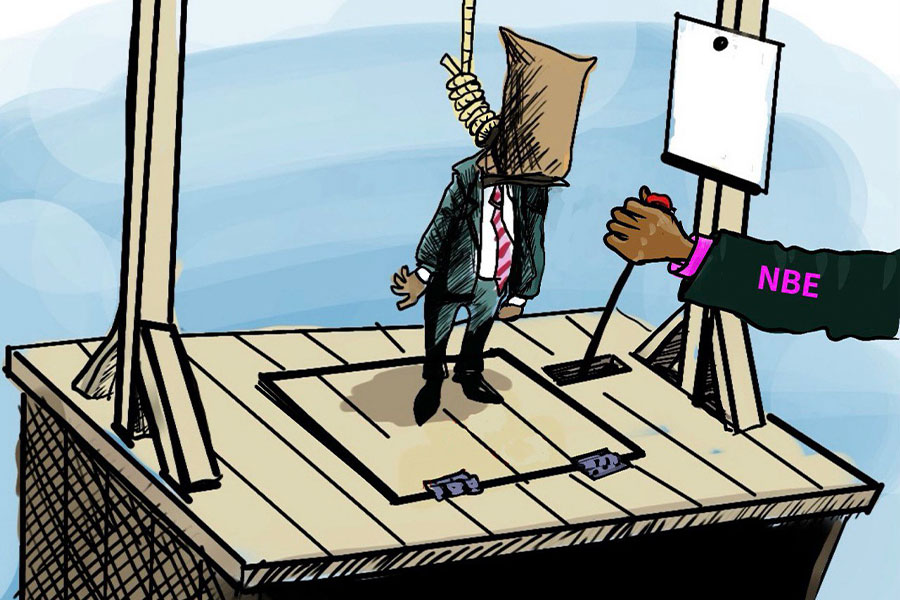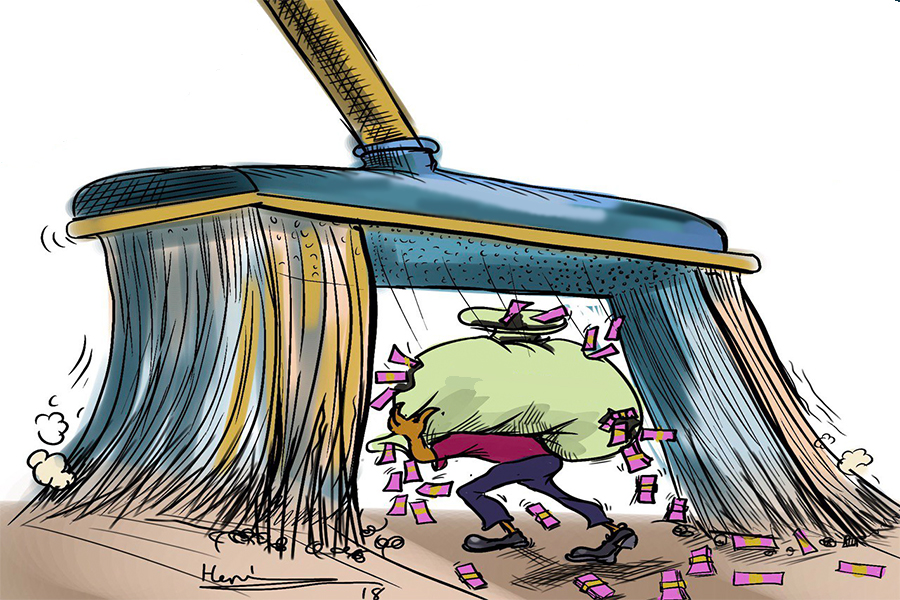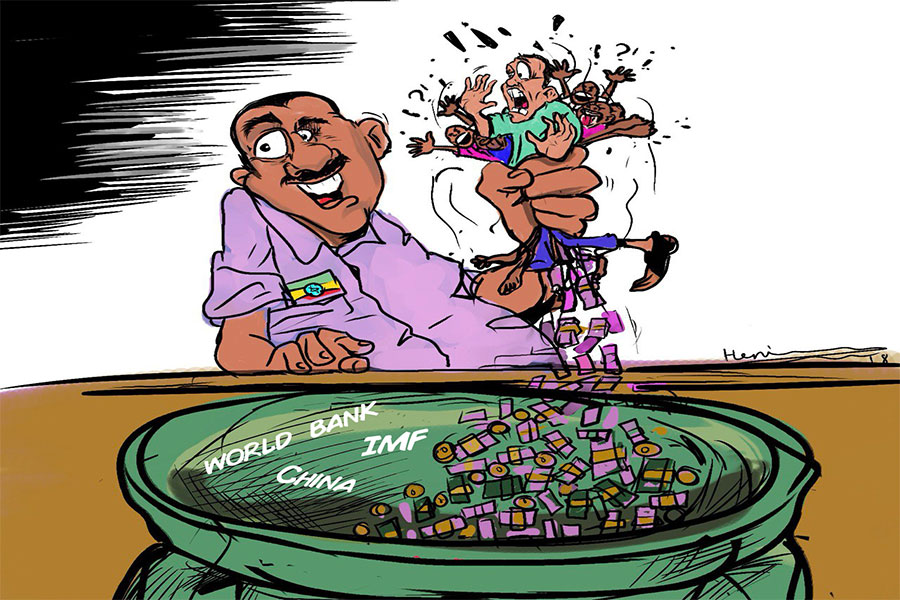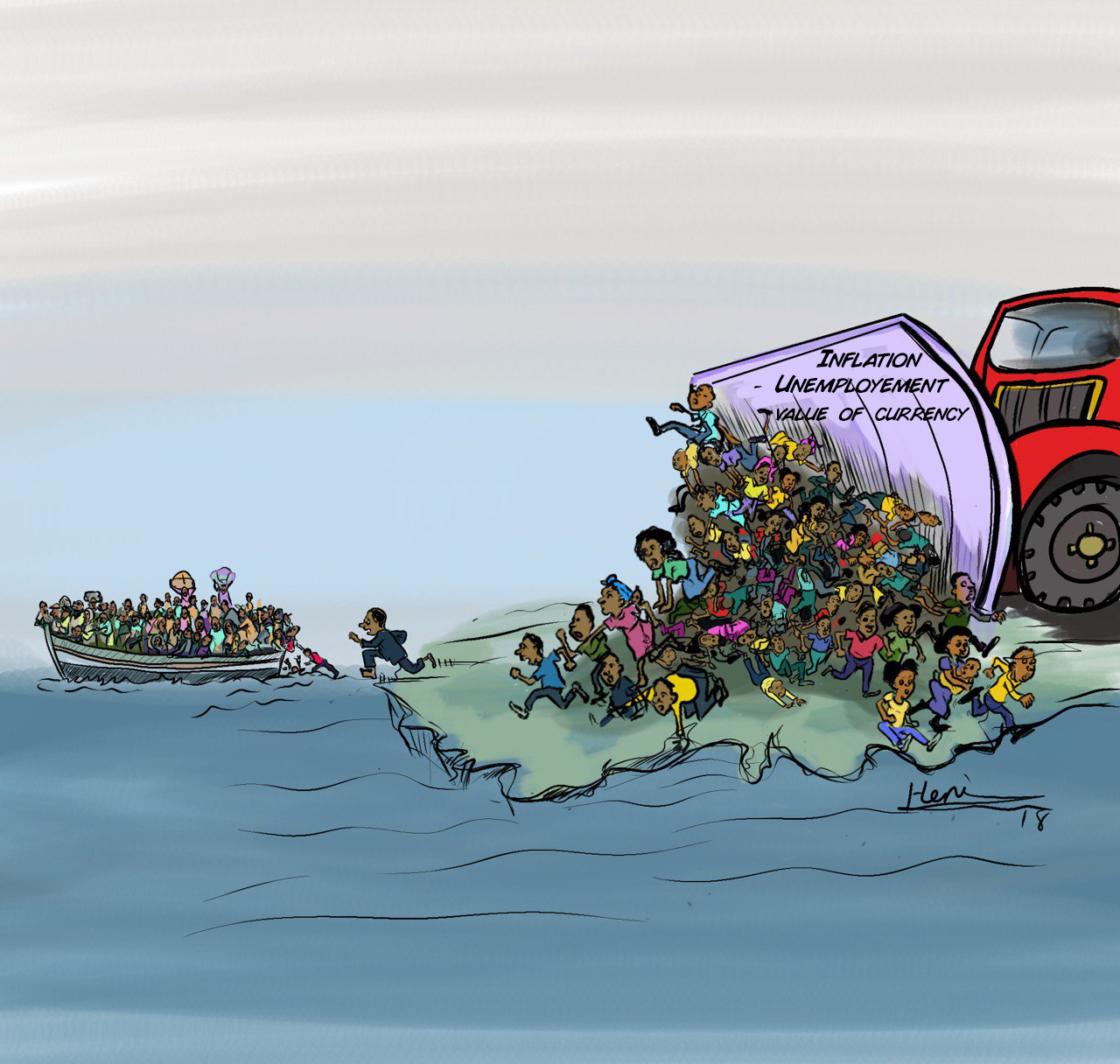
Photo Gallery | 180398 Views | May 06,2019
Oct 11 , 2025. By Mikiyas Mulugeta (PhD) ( Mikiyas Mulugeta (PhD) (mikiusc2017@gmail.com) is a consultant and director of training and development programs at the Centre for African Leadership Studies (CALS) and XHub-Addis. )
Ethio telecom’s revenues have surged, nearly tripling since 2017 and reaching an estimated 700 million dollars in 2024. Its mobile money service, Telebirr, has registered over 50 million users within three years, cementing the state-owned operator’s dominance in the telecom sector. Yet, two failed privatisation attempts and a struggling new entrant signal that the sector’s liberalisation story is far from straightforward.
The World Bank’s latest assessment of Ethiopia’s telecom sector is cautiously optimistic. It rightly praises falling tariffs, rising mobile penetration, and the explosive adoption of digital finance. But while these indicators hint at reform momentum, they obscure a deeper reality.
Ethiopia's telecom liberalisation risks stalling unless reform extends beyond revenue metrics into the more difficult terrain of governance, competition, and institutional accountability.
Ethio telecom’s financial performance makes it stand out among state-owned enterprises, along with the Commercial Bank of Ethiopia (CBE) and Ethiopian Airlines. The company’s revenues have nearly tripled since 2017, reaching about 700 million dollars in 2024. Its mobile money platform, Telebirr, has attracted more than 50 million users in only three years. These are impressive figures, often cited as proof of telecom's success story. But strong financials alone do not ensure a level playing field.
Beneath the numbers lies a distorted market structure that heavily favours the incumbent. Ethio telecom, the state-owned incumbent, still dominates the market, while Safaricom Ethiopia, which has invested hundreds of millions of dollars, struggles to gain ground. Two attempts at privatisation have failed to draw serious interest. The larger question is whether the telecom reform will produce genuine competition or slip back into a monopoly under a different name.
Ethio telecom controls the backbone infrastructure, leaving new entrants with two costly choices of whether to lease access on unfavourable terms or build parallel networks. Unlike Safaricom Ethiopia, which paid nearly 800 dollars for its license, Ethio telecom entered the market without comparable costs. It charges below the cost-reflective Mobile Termination Rate, cross-subsidises services, enjoys privileged access to government contracts, and has restricted access to competing applications.
These advantages may lower consumer prices in the short run, but they weaken incentives for private investment and threaten the sustainability of competition.
Privatisation was supposed to correct this imbalance, but Ethiopia’s experience has shown the limits of cosmetic reform. The government’s plan to sell a 40pc to 45pc stake in Ethio telecom drew no serious bidders. A later attempt to float 10pc of shares on the new securities exchange was undersubscribed, with barely more than one percent sold. These outcomes do not reflect a lack of confidence in the telecom sector's potential, but rather a rational response to governance risks.
Minority investors are wary of entering a market where the incumbent enjoys sovereign protection and regulatory enforcement remains uncertain.
The World Bank’s report acknowledges these structural issues, yet its policy advice sticks to the usual script. Its authors insist on privatisation to speed up, deepen liberalisation and expand foreign capital participation. What the report understates is the political economy of state ownership. Ethio telecom is not only a company but a fiscal pillar and a strategic tool of state policy. The government has used it to drive expansion in digital finance and even into new sectors such as electric vehicle charging stations.
In this context, privatisation is not simply a transfer of ownership. It brings with it a shift in economic and political power.
Missing from the debate is a broader assessment of Ethio telecom’s performance beyond the balance sheet. A financial audit captures profits and losses but says little about how services affect consumers and the broader economy. The company needs a social audit, an evaluation of inclusiveness, fairness and quality. Such an audit would ask whether low-cost data and voice bundles genuinely promote access or whether they amount to predatory pricing that drives out competitors. It would assess whether the very low average revenue per user, around one dollar a month, among the lowest in Africa, reflects affordability or a structural trap that limits reinvestment in infrastructure, resulting in unreliable service.
Telebirr’s dominance, while its rapid adoption is impressive, the concentration of digital finance under a state-backed telecom raises the risk of market foreclosure. Independent fintech firms face barriers that could stifle innovation and limit consumer choice. A social audit would examine these dynamics and provide the accountability that financial reports cannot.
Shifting the focus from ideology to accountability would give reform real traction. Ethio telecom should be judged not only by the size of its revenues but also whether it provides reliable service, supports fair competition and promotes digital inclusion. Strengthening regulatory oversight through such metrics would create a clearer picture of how the company serves the public interest.
The cost of avoiding this recalibration is becoming clear. Safaricom Ethiopia reported losses six times its revenue in 2024. Without firm enforcement of competitive neutrality, private entrants may exit, leaving the country with a de facto monopoly and reversing the consumer benefits of liberalisation. The state might continue to enjoy Ethio telecom’s fiscal surpluses, but the broader economy would lose the energy that comes from private innovation and competition.
Ethiopia does not need privatisation for its own sake. What it needs is credibility and proper sequencing. Strategic infrastructure with national security implications can remain under state control, but consumer-facing services such as broadband, mobile money and related ventures should be opened to private players under clear and fair rules. Most importantly, Ethio telecom should adopt social audits alongside financial audits to ensure its role as a market leader aligns with public goals of inclusion, innovation, and consumer welfare.
PUBLISHED ON
Oct 11,2025 [ VOL
26 , NO
1328]

Photo Gallery | 180398 Views | May 06,2019

Photo Gallery | 170599 Views | Apr 26,2019

Photo Gallery | 161642 Views | Oct 06,2021

My Opinion | 137278 Views | Aug 14,2021

Nov 1 , 2025
The National Bank of Ethiopia (NBE) issued a statement two weeks ago that appeared to...

Oct 25 , 2025
The regulatory machinery is on overdrive. In only two years, no fewer than 35 new pro...

Oct 18 , 2025
The political establishment, notably the ruling party and its top brass, has become p...

Oct 11 , 2025
Ladislas Farago, a roving Associated Press (AP) correspondent, arrived in Ethiopia in...